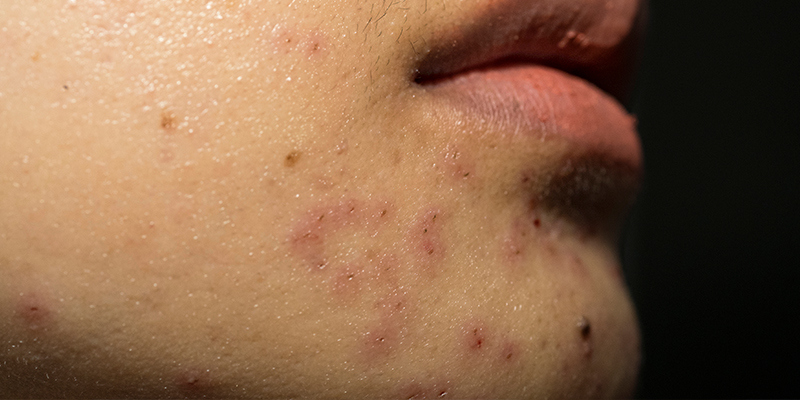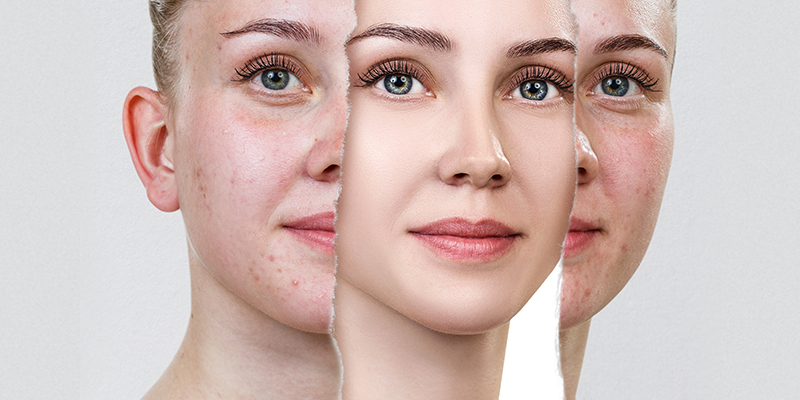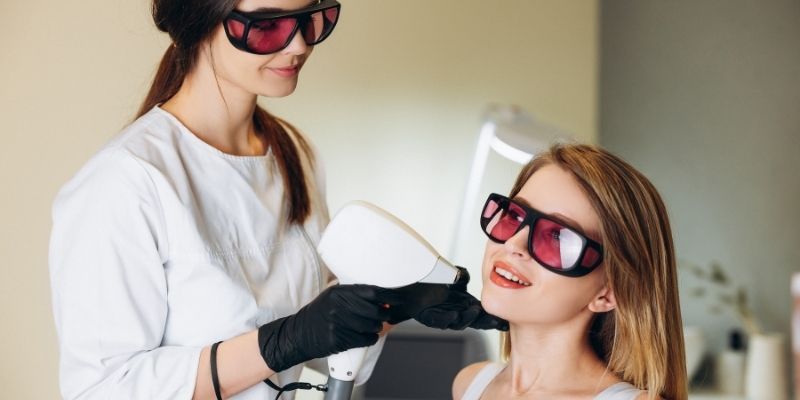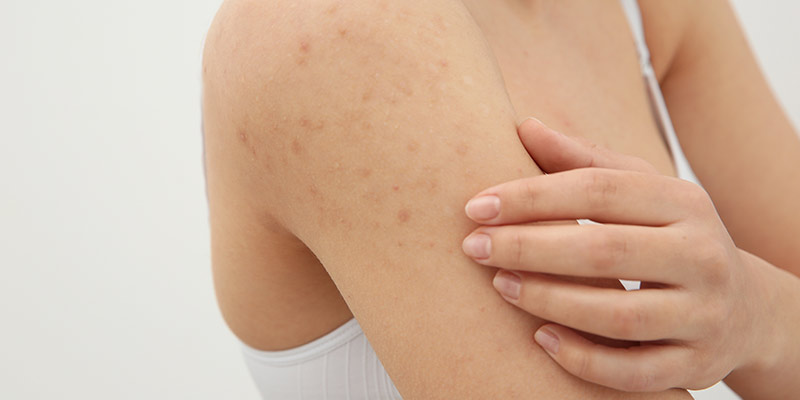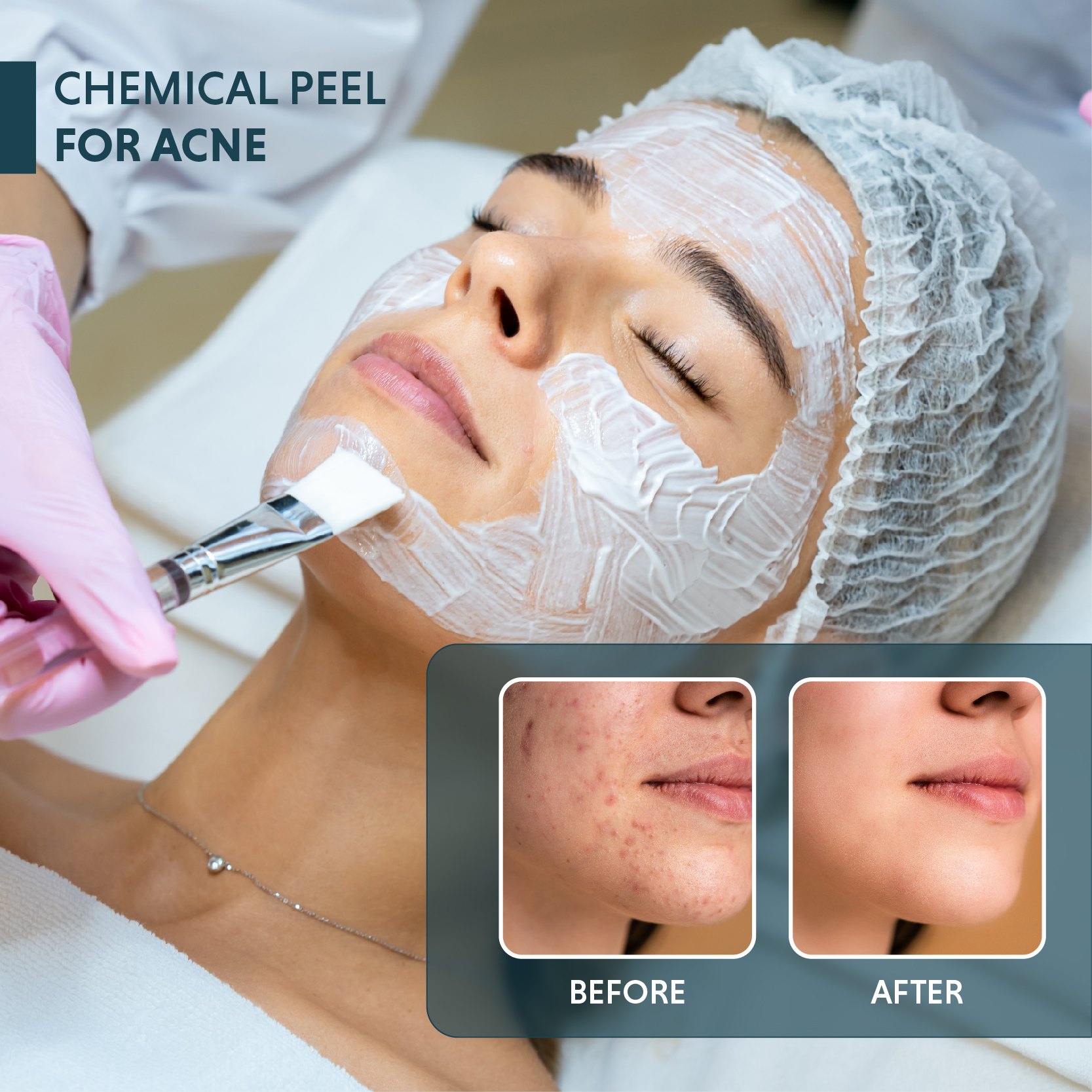Skin Lesions: Causes, Types and Treatment
The skin is the first line of natural defense for our body against the onset of any infection and disease. This daily wear and tear can take a toll and tends to show in the form of marks or growths. Each person is unique in their own way, these skin lesions have a wide variety of treatments but diagnosis is half the battle. Every skin lesion must be taken up to a dermatologist.
What Is A Skin Lesion?
The term “skin lesion” is an all-inclusive term for any type of skin abnormality, including but not limited to, a rash, mole, wart, cyst, blister, bump, discoloration, cut, or growth. In simple terms, if a part of the skin no longer resembles the area around it, it qualifies as a skin lesion.
Also Read: Laser Treatment To Treat Skin Lesions
Causes Of A Skin Lesion
Due to the broad spectrum of lesions, the causes will different for various kinds of lesions.
- The most common cases of skin lesions are related to bacterial, viral or fungal infections and in some cases parasitic transfer.
- Lesions can be caused by symptoms of allergic reactions or sensitivities.
- Health conditions like liver disease and diabetes can cause bruising or marks.
- As with most skin conditions, inherited genes play a role in determining skin lesions such as moles or freckles.
- Skin lesions can be a sign of serious health condition (e.g. skin cancer) via growths.
Types Of Skin Lesions
Due to the broad range of skin conditions that qualify as skin lesions, the medical community classifies them according to their texture, color and distribution.
Additionally, they are also listed by their type (or primary morphology) or their individual size and cluster arrangement (or secondary morphology).
The types of skin lesions include (but are not limited to)
- Macules
- Papules
- Plaques
- Nodules
- Vesicles
- Bullae
- Pustules
- Urticaria
- Scale
- Crusts
- Erosions
- Ulcers
- Petechiae
- Purpura
- Atrophy
- Scars
- Telangiectases
Also Read: Chemical Peel Treatment
Premalignant Lesions Of Skin
The primary concern with unusual skin lesions is the chances of malignancy. Moles are often linked to the possibility of melanoma or other types of skin cancer. The best way to diagnose this is via a professional dermatologist but there are signs you can also look out for.
- The shape changes with irregular edges
- Changes in color or having three different shades of brown or black
- Lack of symmetry (normal moles are perfectly round or oval)
- Itchiness and inflammation
- Bleeding or scab formation
- An increase in elevation from the surface of the skin
The indicators listed can also work as a guide for skin lesions in general. At a clinic, a dermatologist will examine the lesion for similar characteristics, ask for your medical history and in most cases also take a scrape or a swab of the lesion to determine the cause of infection.
How To Treat Skin Lesions?
Treatment options are determined by the diagnosis of the skin lesion. For surface level and non-threatening skin conditions, procedures such as laser treatments, chemical peeling, microdermabrasion, electrotherapy or cryotherapy combined with a course of topical or oral antibiotics is a common course of action.
Laser treatments are by far the most beneficial with respect to lesions available due to their minimal side effects, lack of downtime, painless process and fast results.
In the case of growths, a scrape or a swab is always performed and sent for analysis. This helps rule out malignancy. In a scenario where the growth in question is malignant, you will require to meet with a specialist specific to your condition to determine the most effective course of action.
Skin lesions are extremely common and while there is a wide variety, their treatments are specific. Early diagnosis is the key to any skin condition. Take an inventory of the marks on your skin and in the event you notice any growths, especially when combined with symptoms such as redness, pain, or inflammation, visit a dermatologist to ensure that the lesion is not a serious health issue.




